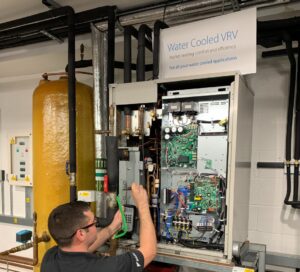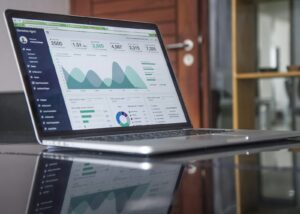Indoor carbon dioxide (CO2) levels reflect Covid-19 risk, according to a new study published in the journal Environmental Science and Technology Letters.
For many months, researchers have been searching for a way to continually monitor Covid-19 indoor infection risk indoors and according to the new study, tracking indoor CO2 levels can provide an inexpensive and powerful way to monitor the risk of people getting Covid-19.
The researchers found that if indoor CO2 levels in a gym dropped from 2,800 to 1,000 ppm, the risk of Covid-19 transmission drops to one-quarter of the original risk.
In the library, if an influx of people makes CO2 jump from 800 to 1,600, the risk of Covid transmission triples.
In the paper, the researchers have shared a set of mathematical formulae and tools that experts in building systems and public health can use to pin down actual, not just relative, risk.
But the researchers have highlighted that the most important conclusion is that to minimise risk, keep the CO2 levels in all the spaces where we share air.
Jose-Luis Jimenez, the co-author of the study from the University of Colorado Boulder, said: ‘You’re never safe indoors sharing air with others, but you can reduce the risk.
‘CO2 monitoring is really the only low-cost and practical option we have for monitoring. There is nothing else.
‘It’s important to understand that there is no single CO2 level at which a person can assume a shared indoor space is “safe,”
‘That’s partly because activity matters: Are people in the room singing and talking loudly or exercising, or are they sitting quietly and reading or resting? A CO2 level of 1,000 ppm, which is well above outside levels of about 400 ppm, could be relatively safe in a quiet library with masks but not in an active gym without masks.
‘Wherever you are sharing air, the lower the CO2, the lower risk of infection.’
Photo Credit – Pixabay
















